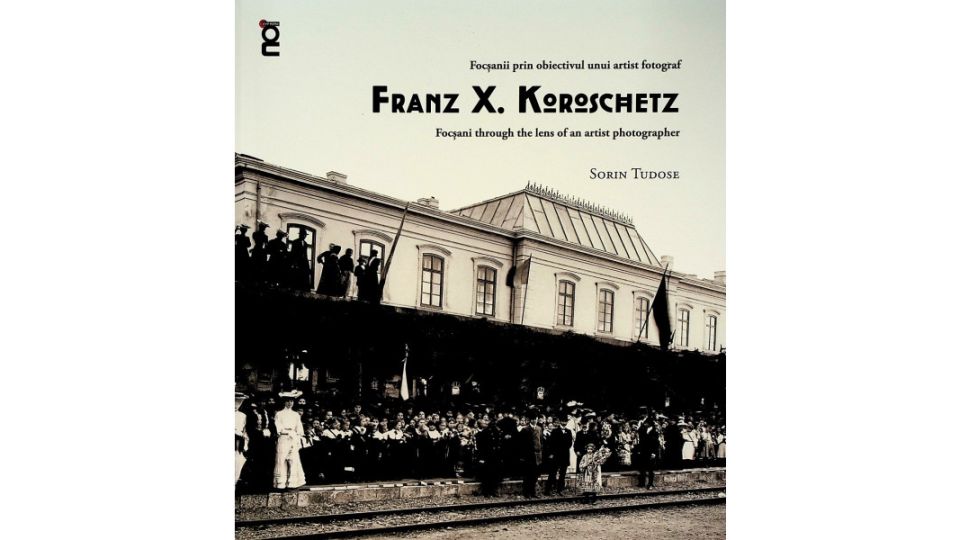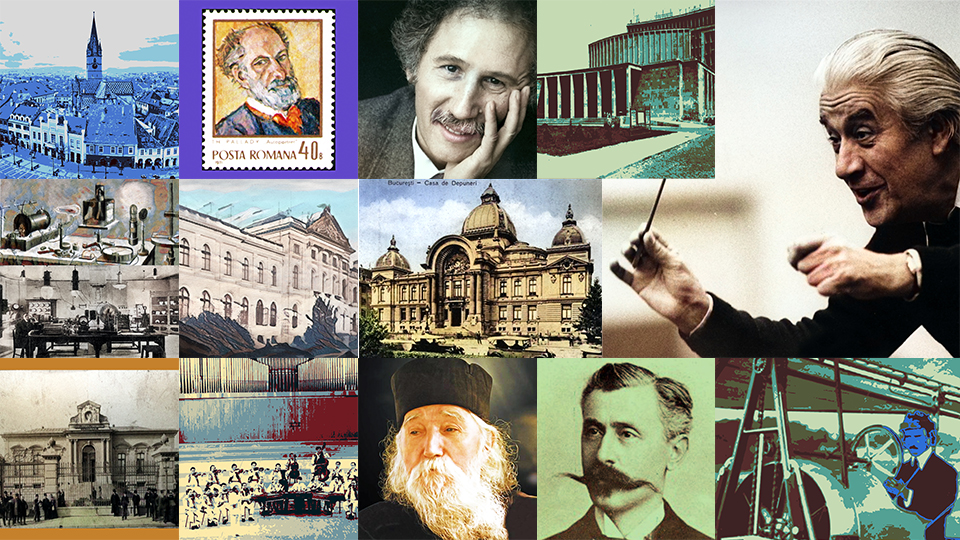Rudimentorum cosmographicorum Ioan Honteri Coronensis libri
A rare 16th century Romanian book is back in a Romanian museum

Steliu Lambru, 11.07.2021, 14:00
The Alba Iulia National
Union Museum’s old books collection boasts a most precious item, a rather
recent purchase made by the institution. It is a book titled Rudimentorum
cosmographicorum Ioan Honteri Coronensis libri. The author is Transylvanian
humanist Johannes Honterus. We recall Honterus was an iconic figure of the
humanism and of the Lutheran Reformation in Transylvania in the 16th
century. The first printed edition of the volume was brought out in 1546. The
book has been reprinted many times ever since.
Johannes Honterus was born in
1498 in Kronstadt, which is the old German name of Brasov. Honterus died in
Brasov also, in 1549, at the age of 51. His intellectual and editorial activity were
intense, and so was his activity as a teacher. In 1522, Honterus earned his Magister
Artium (Master of the Arts) degree from Vienna University. In 1530 Honterus had
a teaching stint with the Krakow University, where he published his early
works, a description of the world and a grammar of Latin. Honterus then relocated
to Basel, where he learned the crafts of wood engraving and printing. In
Switzerland, Honterus would print the famous Atlas of Transylvania, Chorographia Transylvaniae
Sybembürgen in Latin. In 1533 Honterus returned to his native town where he was elected as a
member of the local council. In Brasov, Honterus is the founder of one of
Transylvania ‘s first printing presses. Then Honterus would print, among other
books, The Reformation booklet for Brasov and the Barsa Country, The Apology
and The Regulations for the use of the churches of all Germans in Transylvania.
The three volumes stipulated the main tenets of the Evangelical reform for the
Transylvanian Saxon churches under the influence of Lutheranism. In Brasov, in
1546, due to Honterus’s endeavour, the region’s first paper factory was
founded.
The volume titled Rudimentorum
cosmographicorum Ioan Honteri Coronensis libri has had quite an adventure,
from an antiquarian in Wellington, in New Zealand, to Alba Iulia in Romania. Florin
Bogdan is a museographer specializing in old rare books. Florin Bogdan:
This book is in fact a pocket atlas. Everyone knows Honterus had a special
interest in Geography, and not only in that. The first printed edition was
brought out in Krakow in 1530. This one is a version of the book that was
sensibly enriched by Honterus along the way, since several maps have been added
to it. What we have actually is an unnumbered, 30-leaf book, that means 60
pages, where the text proper of the book is laid out. Honterus describes the
world as it was known at that time, in verse. The last part of the book is made
of 14 leaves, unnumbered, they are actually plates with maps. First off, the Earth
is being presented, just as cartographers and geographers used to know it in
mid-16th century, then various regions are presented, with emphasis laid on Europe since it was the best-known part of the Globe at that
time.
Rudimentorum
cosmographicorum has seen numerous printed editions. Florin Bogdan explains:
Given that
there are many editions that were brought out after the first printed edition,
the one in Krakow in 1530, we can surmise the editions were somewhat limited, and
so were the reprints of the book. It was also reprinted in Basel as well as in
Zurich, in Brasov or in Bratislava, which means it was in fact extremely sought
after. Nobody would print a book every two years unless that book is extremely
sought after. In Zurich alone, the city where the copy was printed and which
was purchased by the National Union Museum in Alba Iulia, from 1546, when the
first printed edition was brought out, and until 1564, 7 editions of the book
were printed. Now, speaking about this 1564 edition, according to the
specialised Hungarian bibliography, there are 15 copies of the book. Similarly,
the critical edition, if you will, of the work, which was brought out in 2017
and which was based on the 1542 edition, printed in Brasov, provides a
repertoire of all editions of Rudimentorum cosmographicorum.
Through this volume, Honterus
travelled as far as New Zealand, just as he himself would have liked to do, since he was passionate about Geography. From that remote destination, here we are,
with the volume travelling all its way back to Romania, to the author’s
birthplace. Florin Bogdan:
It was
purchased from an antiquarian’s in Wellington. We identified the book in an
antiquarians’ database and we had an intense exchange of messages with that
antiquarian’s afterwards. In the old days, the circulation of a book was not
that easy to trace, yet we can hypothesize that in various respects, based on
some hand-written notes that can still be seen of the leaves of the book.
Somewhere around the 18th century the book was in the possession of
someone who was conversant in Greek, he left an ownership signature somewhere.
Unfortunately, that ownership signature can only be seen partially since the
last part of the name of that person was close to the book spine. The moment
the book was bound for the second time around, at least two letters
disappeared, from that person’s name. We can also hypothesize that, if we take
into account the fact that there was another note in the book, telling us about
the discovery of America by Columbus in 1492. It is a note made in English,
which clearly leads us into thinking that at one point the volume was in an
English-speaking milieu. We can surmise that the volume was in England, or in even
in the USA, or, why not, even in Australia.
The book’s conservation condition
is satisfactory. According to Florin Bogdan, the volume does not need any
restoration interventions. The exhibit will be put to good use also through
digitization, and not only because it will be exhibited. Its conservation will
not be affected, longer term.






























